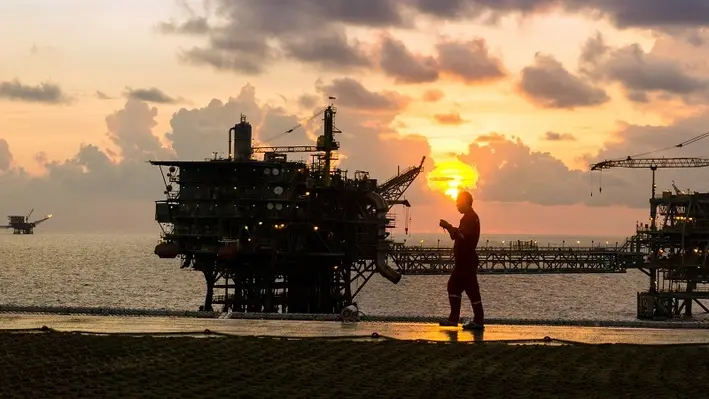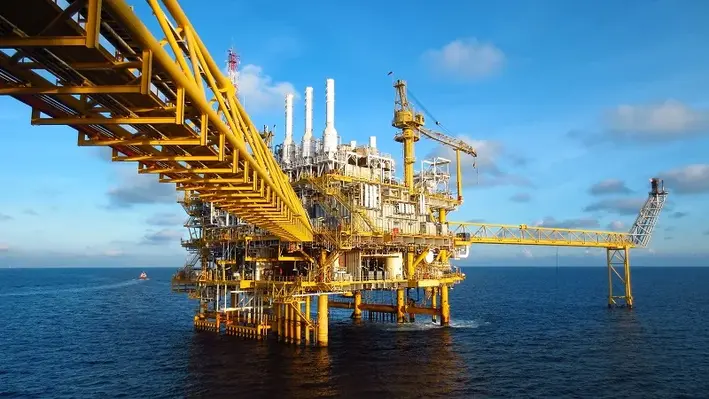
Removing abandoned offshore platforms are a major hassle, but converting these ageing infrastructure into reefs are an efficient and eco-friendly way to tackle this issue.
In the Asia-Pacific (APAC) region alone, there are more than 2,500 platforms that are awaiting decommissioning in the coming decade. Removing these huge structures not only take time, but is also likely to disrupt marine life. The rigs-to-reefs movement was introduced as a potential solution, with several countries in the APAC region including Thailand and Malaysia implementing these programmes successfully.
These platforms boost biodiversity by offering shelter, breeding grounds and feeding areas for marine organisms like fish, corals and invertebrates, with their metal frames in particular, being a key habitat to numerous marine communities.
Despite its advantages however, reefing does not come without risks. For example, several questions have been raised about the impact of these structures on natural marine patterns, migratory species and surrounding habitats. Moreover, regulators are often hesitant about adopting reefing programmes due to concerns surrounding long-term liability and public trust.
In order to tackle these issues, environmental agencies have there began monitoring these artificial reefs to keep a check on marine health. On the whole, reefing has received mixed reactions. While some have called this as a ‘creative problem-solving’ initiative, others have accused the oil and gas industry of using the technique as a way of stepping aside from taking environmental responsibility.
As reported by Earth.org, this approach however has a promising future, as it balances financial realities with sustainability.




